Best Submarines in the World in 2024: Biggest, Most Dangerous
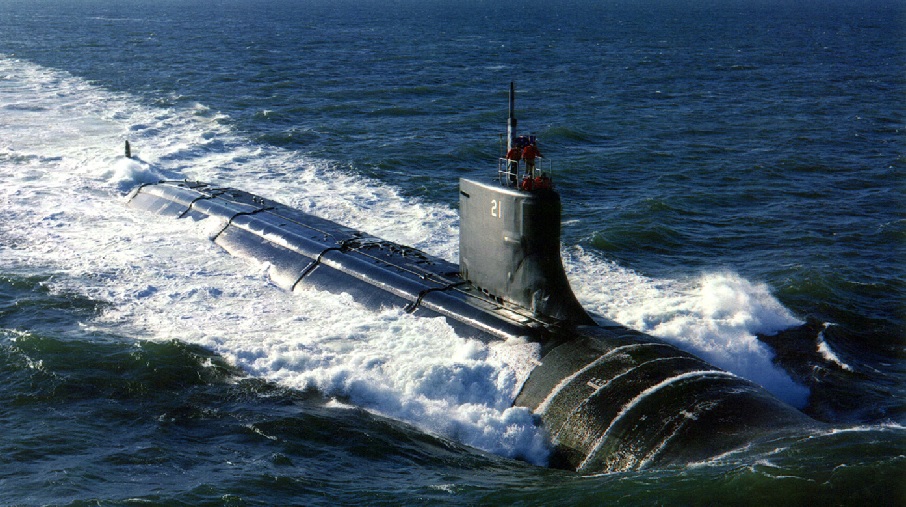
The primary function of the submarines is to fight and destroy enemy subs and ships. Detecting hostile submarines requires high-quality sonar. As a secondary consideration, it is critical that small craft approach hostile vessels and warships unnoticed.
The need to escape detection by anti-submarine ships and maritime patrol aircraft becomes even more critical following an engagement. Some of the most recent attack submarines are capable of firing cruise missiles at both ships and targets on land. To determine which attack submarine is the finest, stealth and armament are the most important elements.
10 Best submarine in the world 2024
The following are the world’s top 10 best submarines in the world in 2024:
Seawolf-class (USA)

As a result of espionage and deceptive trading tactics by some US allies, the US Navy’s technological advantage over the Soviet Union was significantly lost between 1945 and the mid-1980s, when these submarines were built.
Soviet ballistic missile and attack submarines, such as the Typhoon and Akula classes, were to be targeted by Seawolf-class submarines.
Submarines of the Seawolf-class are among the most silent ever built. Even when traveling at high speeds, it remains very silent. Passive sonar arrays can only detect submarines traveling at a speed of 5 knots or less, while the Seawolf-class is said to be able to cruise at 20 knots and still be undetectable. Compared to an older Los Angeles class submarine moored at the dock, a Seawolf at 25 knots emits less noise than the latter.
Virginia class (USA)
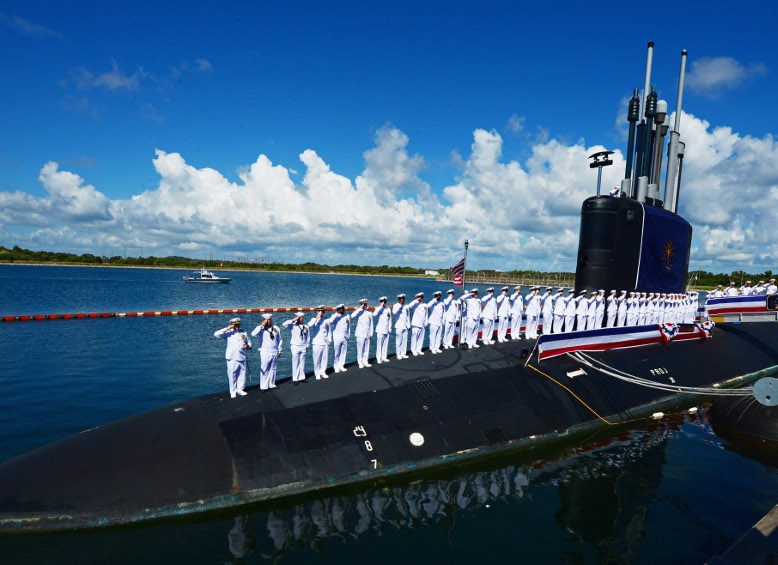
Submarines of the Virginia class, powered by nuclear propulsion, will replace the Los Angeles-class vessels in the US Navy’s fleet. As a smaller, less costly, and more adaptable alternative to the Seawolf Class, Virginia was developed. The construction of 30 nuclear-powered attack submarines of the Virginia class is currently on track to begin soon.
To minimize their sonic signature, the Virginia class submarines have a newly developed anechoic coating, segregated deck structures, and a redesigned propulsor. In terms of noise, Virginia is said to be comparable to the Seawolf-class.
A total of twelve Vertical Launch System (VLS) tubes are installed on submarines of the Virginia class. Tomahawk land-attack cruise missiles, with a range of 1,700 kilometers, are fired from these.
Astute class (United Kingdom)

This year, the Royal Navy took delivery of its first nuclear-powered attack submarine of the new Astute class. So far, seven boats of this type are in the works. The Swiftsure class attack submarines will be replaced by these new ones.
The new Trafalgar-class ships of the Astute class are more stealthy and equipped with a greater arsenal than their predecessors of the Trafalgar class.
Six 533 mm torpedo tubes are installed in these submarines for use in combat. Torpedoes like the Spearfish, Sub-Harpoon, and Tomahawk are launched from these. At least 36 different kinds of weapons are on board.
Graney class (Russia)
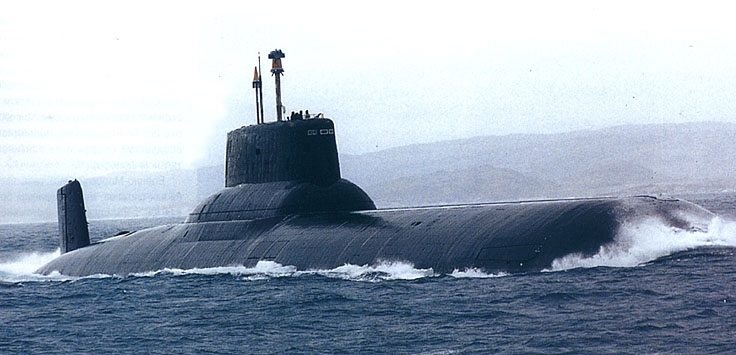
The latest Russian nuclear-powered attack submarine is the Project 885 Yasen (Western designation: Graney class). Graney class boats are just somewhat quieter than Akula class boats, despite all of their advantages.
As many as 24 vertical launch tubes are available on the Severodvinsk to accommodate different cruise missiles. The P-800 Oniks (SS-N-26 in the West) has a range of around 300 kilometers.
Eight 650-mm torpedo tubes round out the armament. Torpedoes and anti-ship missiles can be launched from them. Anti-ship missiles and 30 towed torpedoes are said to be on board.
As many as 24 vertical launch tubes are available on the Severodvinsk to accommodate different cruise missiles. The P-800 Oniks (SS-N-26) is a cruise missile with a range of around 300 kilometers.
Sierra II class (Russia)
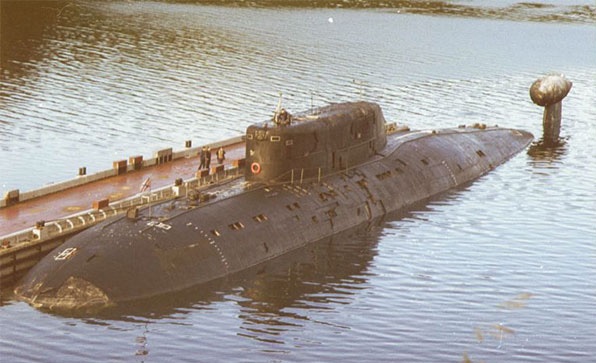
Successors to the ill-fated Alfa class were the Russian-made, high-priced Sierra I class boats. Despite their significant running expenses, the Russian Navy retains these modern submarines.
The hulls of these boats are made of titanium, which is light and robust. As a result of the better depth and speed of the Soviet titanium hulls, the latter were manufactured in greater numbers, although this was due to their higher cost, which required more passes to make a good weld.
Submarines like this one are capable of operating in extremely deep waters. While their maximum operating depth is 750 meters, they can dive as deep as 520 meters. Attack submarines of the Russian Akula class or the American Virginia class typically operate at a maximum depth of roughly 250 meters.
Improved Los Angeles class (USA)
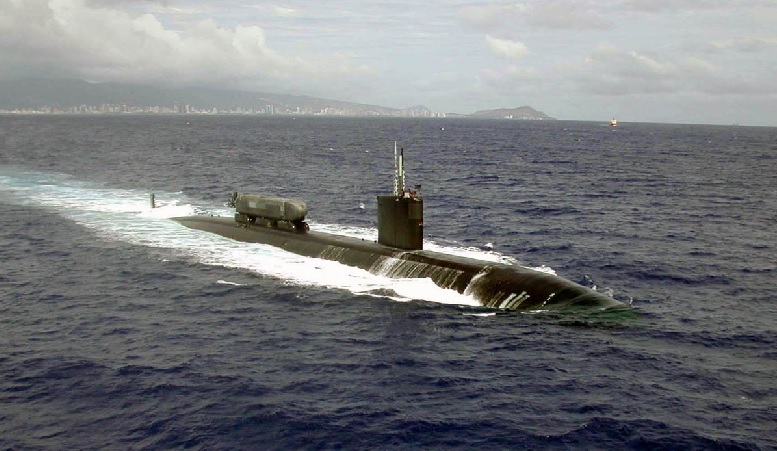
Around 40 older Los Angeles-class submarines are still in use by the US Navy, alongside the newer Seawolf and Virginia-class submarines. The anti-submarine capabilities of these submarines were very impressive. The first Los Angeles-class vessel was built in 1988.
Compared to the original Los Angeles class boats, the improved submarines are noticeably quieter. As compared to the original Los Angeles class boats, the enhanced Los Angeles class boats are said to be seven times quieter.
Sub-Harpoon missiles and Tomahawk land attack missiles are only some of the weapons available in the class’ powerful weaponry. It is possible to launch the Tomahawk missile from a specific vertical launch system or using torpedo tubes.
Also check: Top 10 Attack Aircraft in the World
Akula class (Russia)
The Soviet Union produced a number of Akula-class ships in the late 1980s. Compared to earlier Soviet nuclear-powered attack boats, this class represented a substantial advance in Soviet submarine design.
Akula II class submarines were the first Soviet submarines that were actually quieter than the most advanced US attack submarines of the period, including the upgraded Los Angeles class boats. In comparison to earlier Soviet attack submarines, the sensors were also much upgraded.
A total of eight torpedo tubes, one each measuring 650 millimeters and 533 millimeters, are equipped with these vessels. More than a dozen anti-ship and anti-aircraft weapons may be carried.
Soryu class (Japan)
It was in 2009 that the Japanese Maritime Self-Defense Forces took delivery of their first Soryu class ship. The Soryu class of submarines, unlike the other nuclear-powered vessels on this list, are propelled by diesel-electric motors.
Air-independent propulsion systems allow these boats to stay below for extended durations without having to surface to recharge their batteries. Days to weeks of submerged endurance are possible.
Submarines of the Soryu class are hydrodynamically designed and anechoically coated. The vessels’ loudspeakers and other audio equipment are likewise sound-proofed.
Ohio class (USA)
Since they were built to carry intercontinental ballistic missiles, the Ohio class submarines are known as SSBNs. But the US Navy modified four of its oldest Ohio class submarines into SSGN cruise missile carriers from 2002 to 2008.
The Trident 2 intercontinental ballistic missiles on the Ohio, Michigan, Florida, and Georgia were replaced by seven Tomahawk cruise missiles. 154 Tomahawk cruise missiles may be carried by each SSGN that has been modernized. A surface combat group is normally equipped with a swarm of this many cruise missiles.
For the Mk.48 torpedoes, these vessels had four 533 mm tubes. Special forces soldiers can also be transported on converted Ohio-class submarines, which include lockout chambers.
Oscar II class (Russia)
The Soviet/Russian nuclear-powered cruise missile submarines known as the Oscar II class are Project 949A Antey boats (SSGNs). In terms of weight and length, these are the third-largest submarines ever built.
Larger than this are only the Soviet Typhoon and American Ohio classes of boats. Originally, these attack submarines were the biggest ever built. These Russian submarines are now among the most capable in the world.
24 P-700 Granit (Western designation SS-N-19 Shipwreck) supersonic cruise missiles with a range of 550 kilometers are mounted aboard the Oscar II class supersonic guided missile ships (SSGNs).
Both torpedoes and anti-ship missiles may be fired from the two 650mm and four 533mm torpedo tubes on these vessels. There are two types of SS-N-16 Stallion anti-ship missiles, one with a range of 50 kilometers and the other with a range of 100 kilometers.
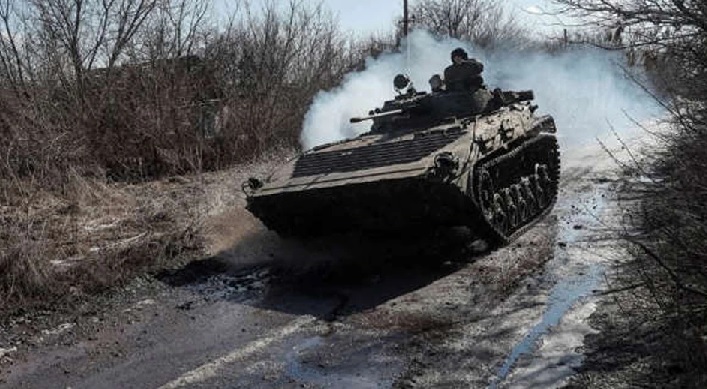


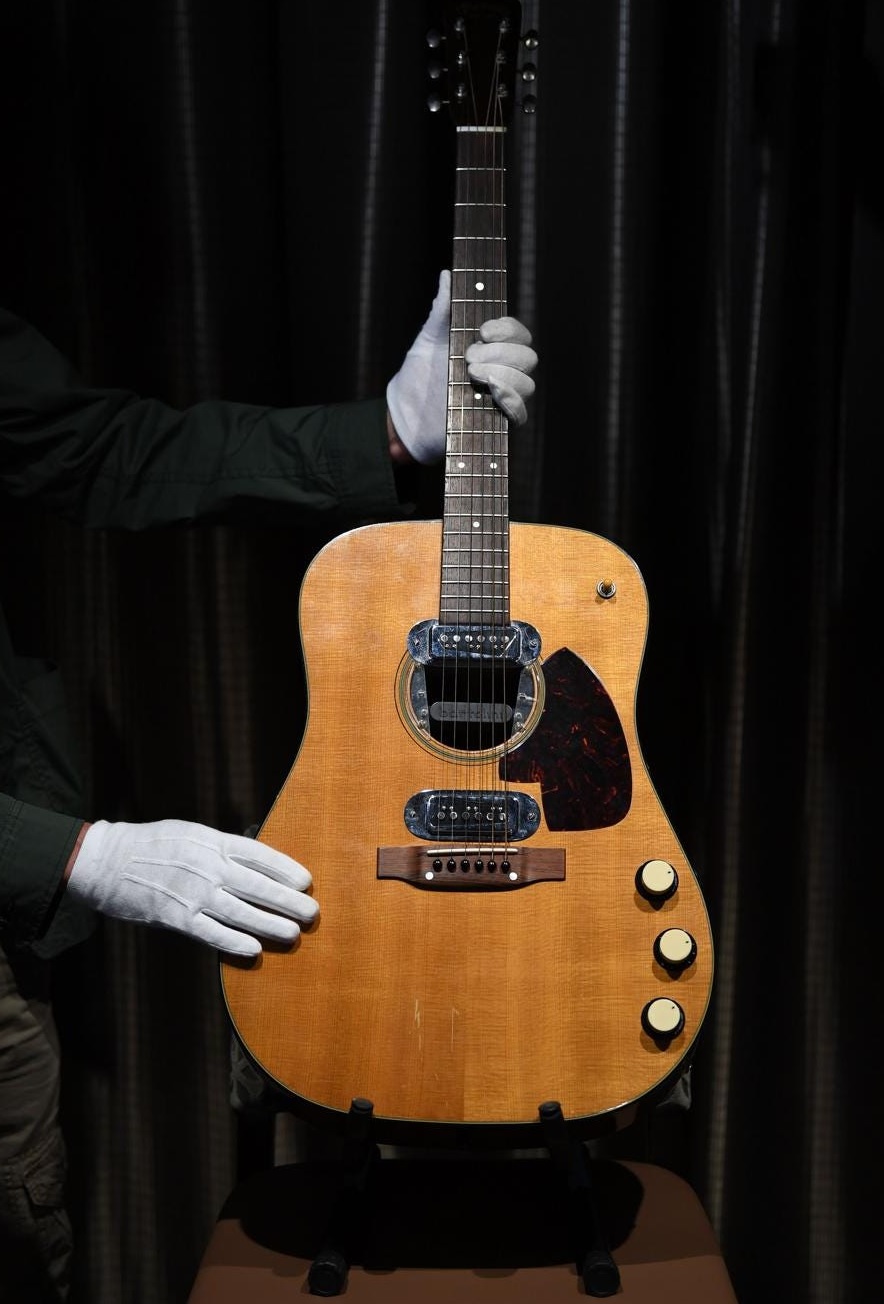

And the european subs?